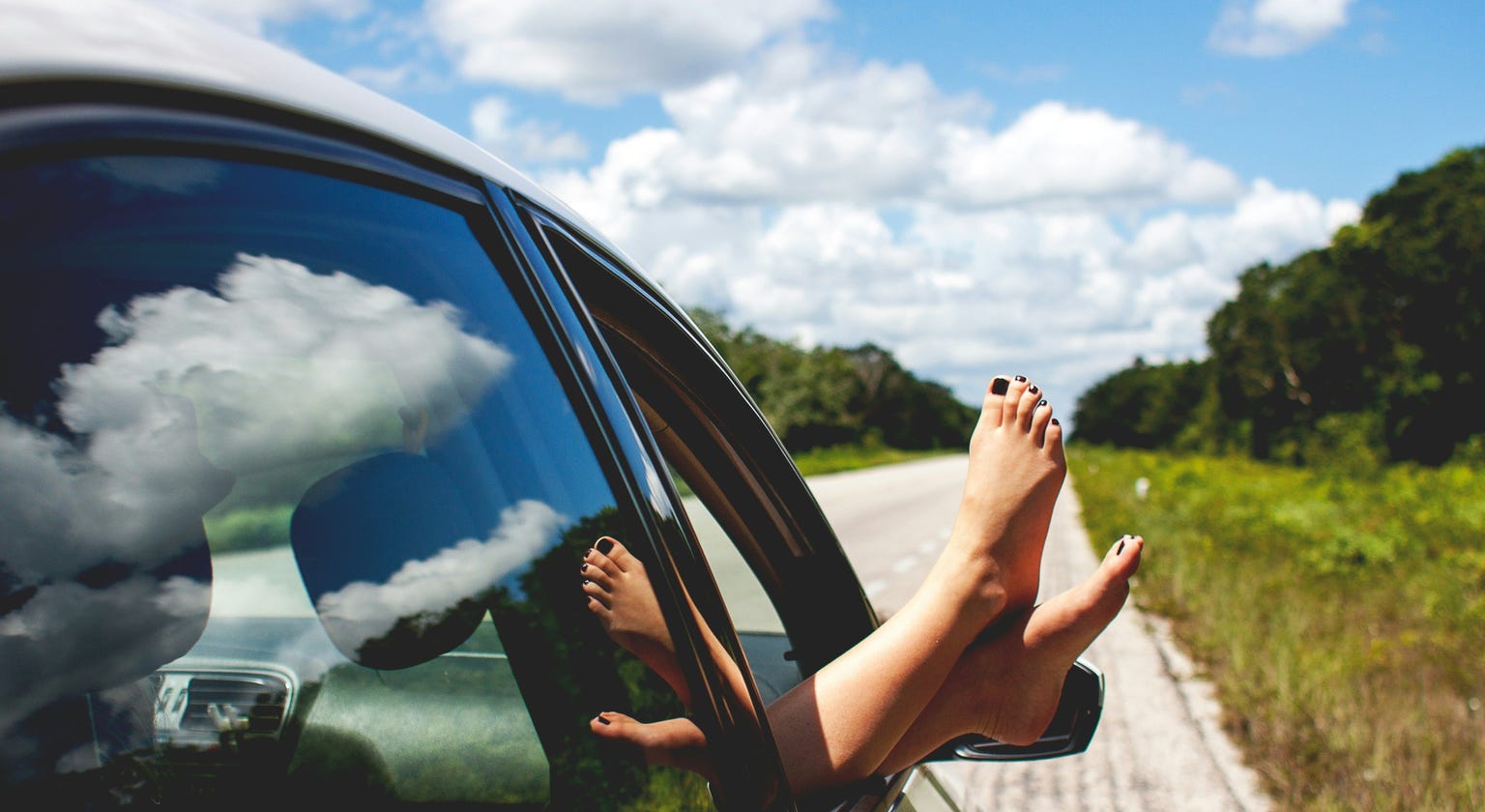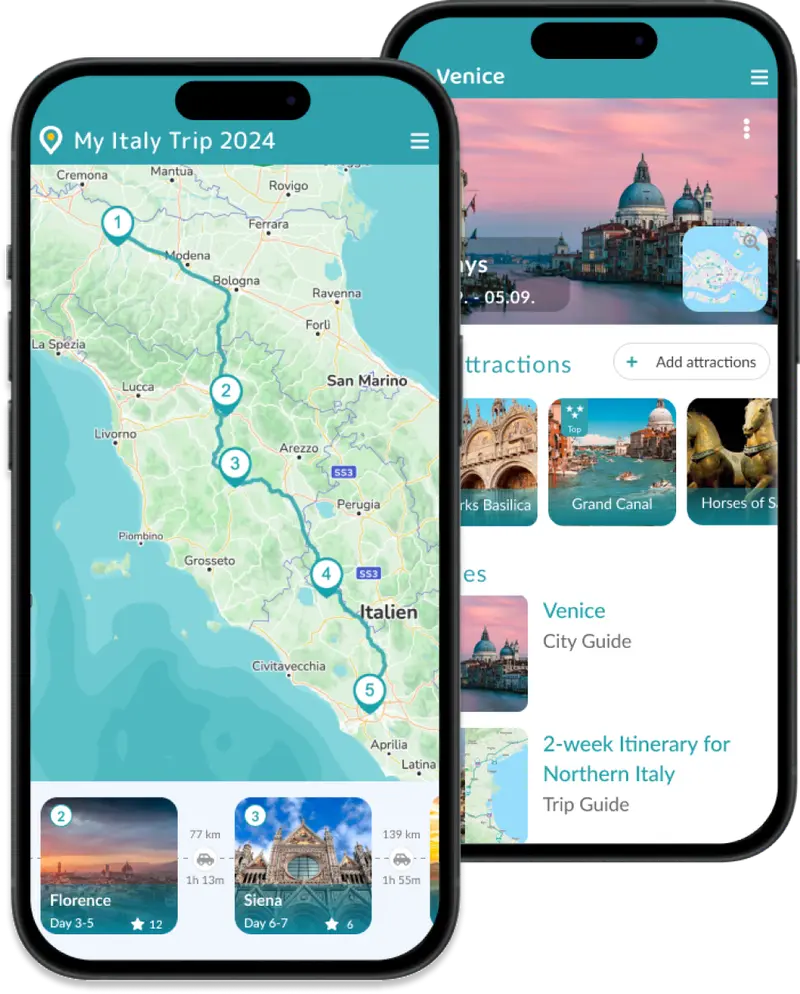Tuscany, with its rolling hills and sun-drenched vineyards, is a painter's paradise brought to life. Florence, the region's heart, dazzles with its impressive Duomo and Uffizi Gallery, while the serene Val d'Orcia, dotted with cypress trees and vineyards, epitomizes Tuscan beauty. Wander through the cobbled streets of Siena and Volterra, relax in the thermal baths of Saturnia, or explore the wine trails of Chianti. Tuscany’s allure lies in its timeless charm and the intoxicating blend of culture, history, and picturesque landscape.
Make sure to check out our sightseeing map!
The map is a true treasure chest – packed with the most stunning highlights as well as hidden gems. As of 2025, we have over 20,000 (!) attractions, with the most important ones featuring detailed, helpful descriptions.
Top Highlights of Tuscany
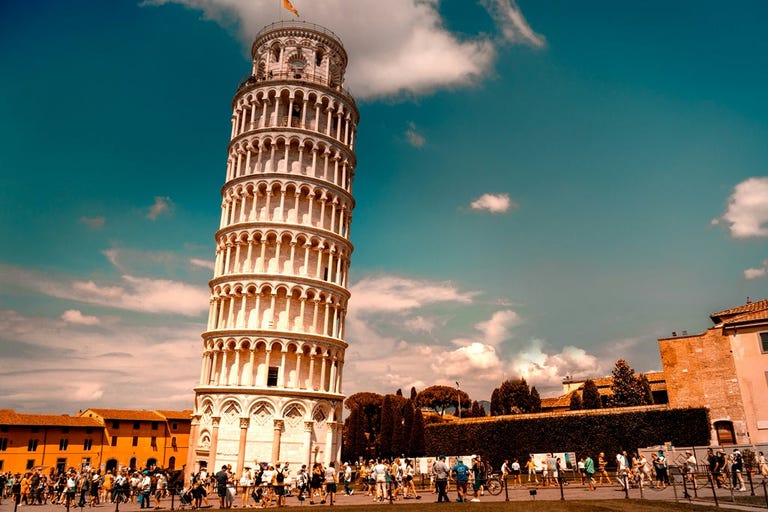
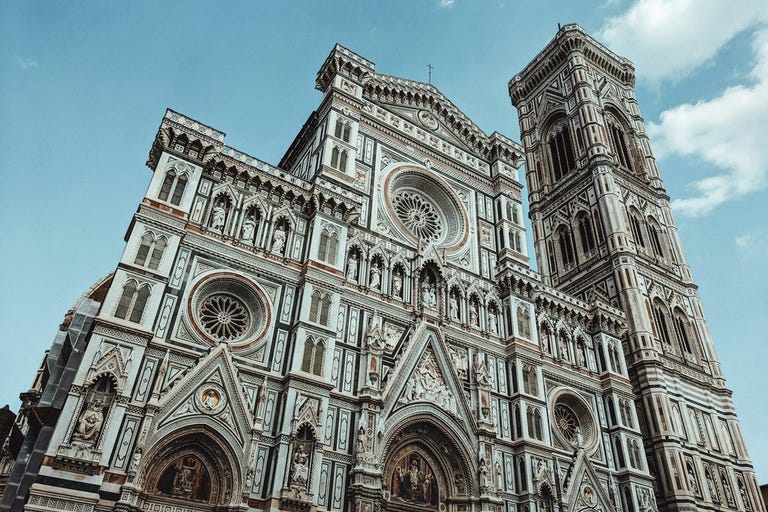
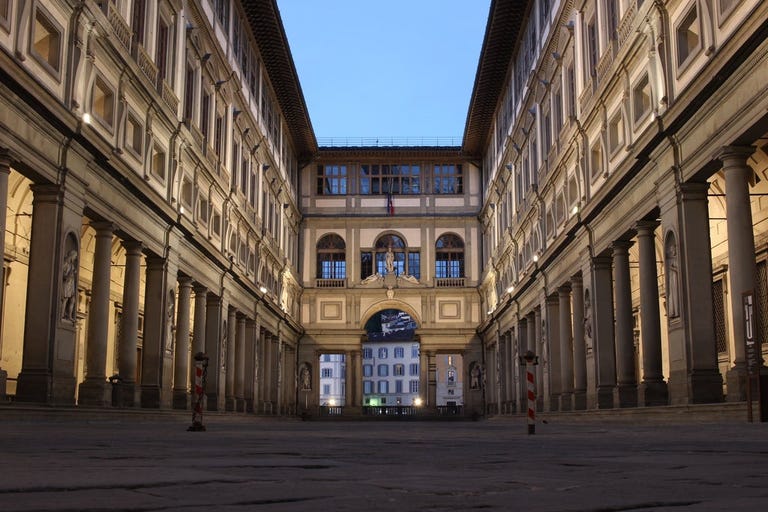
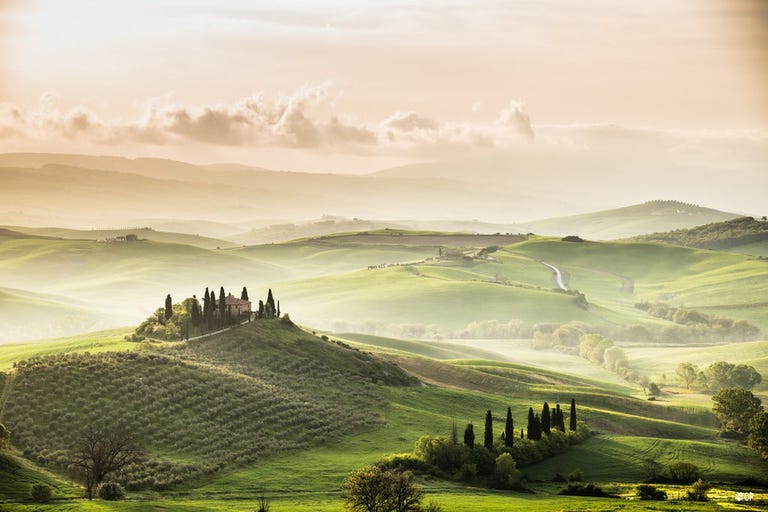
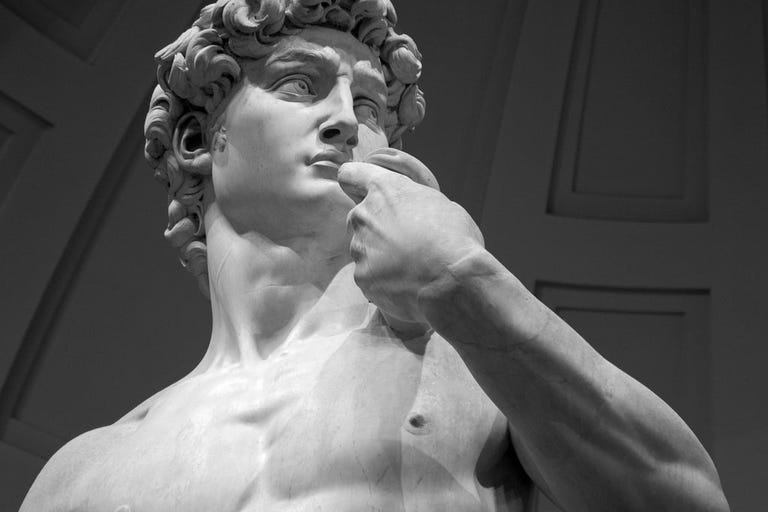

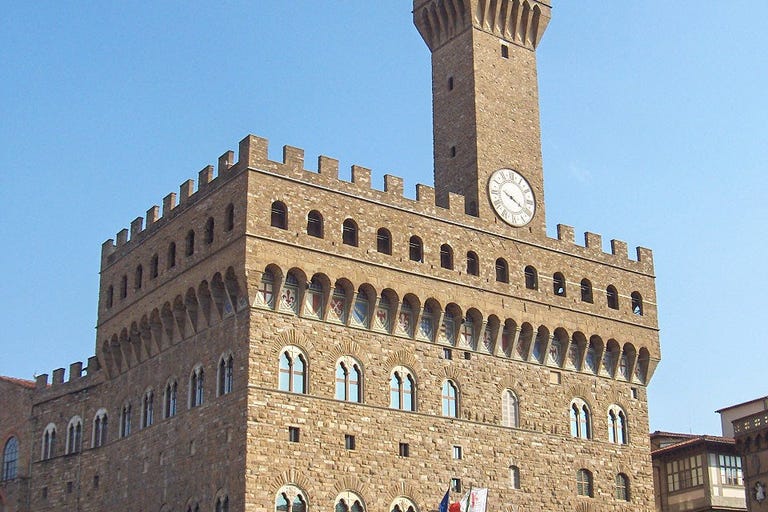

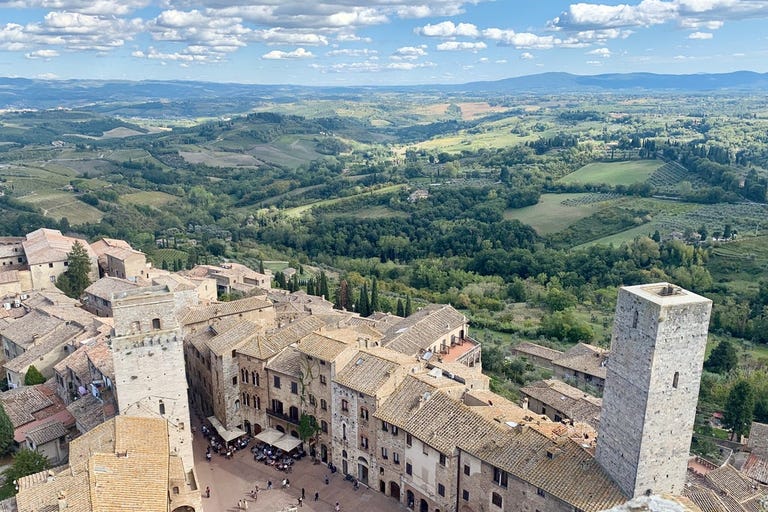
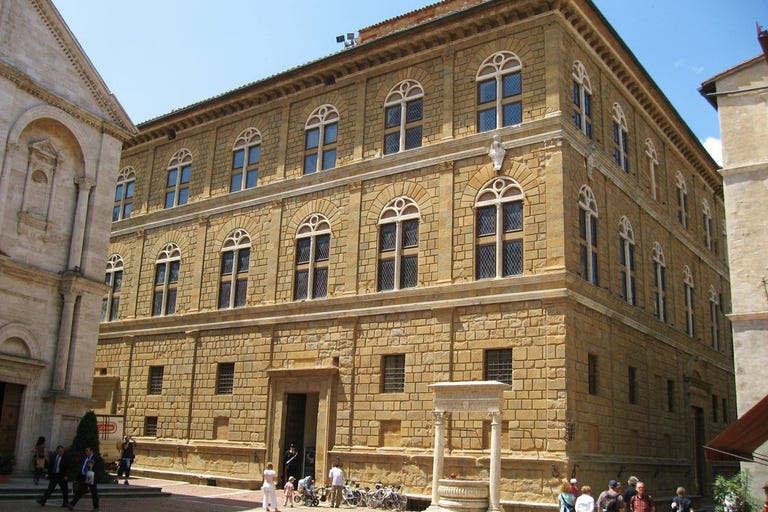
Our Favourites in Tuscany
Above you can scroll through the 10 must-see attractions of Tuscany as well as the 10 best city destinations to visit. (Just switch the tab.) If you are only once in the area, our absolute favourites are:
- Florence
- Siena
- Val d'Orcia (with Moltepulciano & Pienza)
Travel Information
Best time to visit Tuscany
Spring (March to May)
Spring is one of the best seasons for a visit in Tuscany. The countryside blossoms with wildflowers and the weather is pleasantly mild. This is an ideal time for a city trip and outdoor activities like hiking, cycling, and visiting vineyards.
Summer (June to August)
Summer in Tuscany is very warm and bustling with tourists. The peak season is perfect for exploring the region's country side, soaking in the sun at coastal spots and enjoying warm summer evenings with a glass of wine at an agrotourismo.
However, popular attractions can be crowded, and accommodation prices are at their highest. Try to avoid the midday heat in large cities like Florence or spend it in a museum.
Autumn (September to November)
Autumn is also an excellent time for a vacation in Tuscany. The weather remains pleasant, the summer crowds slowly dissipate, and the wineries are busy with the grape harvest. For wine lovers, this is a great time as many winemakers offer special events and tastings.
Winter (December to February)
Winter in Tuscany is the off-season, with cooler temperatures and fewer tourists. Florence is still well-suited for an extended weekend trip. You can visit the museums without crowds and enjoy the festive Christmas atmosphere. However, some attractions have shortened hours - check in advance.
How to get to Tuscany?
Tuscany is excellently connected and easy to reach. If you arrive by plane or train, we recommend renting a car for at least a few days. The picturesque landscape makes Tuscany so special, and you shouldn't miss it if possible. The Val d'Orcia region is particularly famous for this.
By Plane
The main airports in Tuscany are in Pisa (Pisa Galileo Galilei Airport) and in Florence (Amerigo Vespucci Airport (Peretola)). Even though the airport in Pisa is larger, we find Florence a better starting point for your round trip.
- Pisa International Airport (PSA) is the largest airport in the region and offers numerous international and domestic flights. However, it can get chaotic during peak season. From Pisa, you can reach other parts of Tuscany by train, bus, or car.
- Florence Airport (FLR) is ideal for arrivals from Europe. It is very conveniently located – just a short tram ride from the city center. If you have the choice, we recommend FLR.
Flights from North America, Canada, and Australia usually land in Rome. From there, you can take the high-speed train north.
There are also airports in Siena (SAY) and Grosseto (GRS), but they have fewer flights.
By Train
With the high-speed trains Frecciarossa and Italo, you can reach Florence from Rome and Milan in about 1.5-2 hours. From there, regional trains connect you with other major cities in Tuscany.
By Car
A road trip from Austria, Switzerland, or even France is a wonderful way to get to know this beautiful region. The highways are well-developed and pleasant to drive. The A1 Autostrada connects Florence with Milan and Rome (both about 3 hours), while the A11 leads from Florence to the west coast.
How to get around Tuscany?
By Car
Tuscany's landscapes are so beautiful, it is really best to explore them by car. This way, you are flexible, can make spontaneous photo stops, and visit remote wineries and charming villages.
However, inform yourself in advance about ZTL zones, tolls, and the Italian driving style. We have compiled all the important information for you in the article "How to Travel to and around Italy".
By Train
Tuscany has a good rail network with major stations in Florence, Pisa, Siena, and Arezzo. So if you plan to visit these cities, you don't need a car. From the major hubs, regional trains take you to smaller towns like Lucca and Grosseto. The Cinque Terre region is also accessible from Florence by train to the 'La Spezia' station.
Fancy a roadtrip?
Be inspired by our hand-picked road trips.
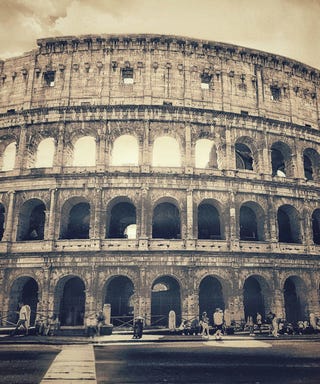
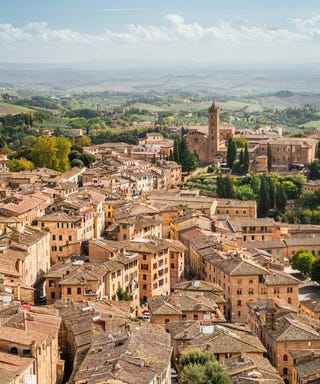

Tips for relaxed Travel
